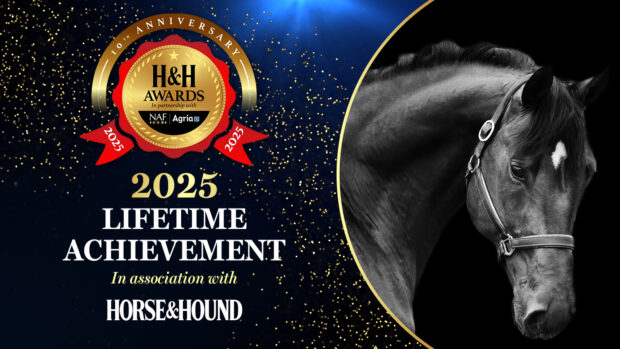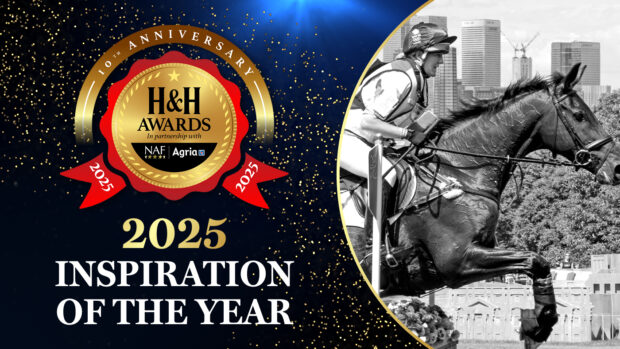Building a course at home
As head trainer with the British Show Jumping Association (BSJA), Di Lampard builds show jumping courses for training purposes on a daily basis and has some words of advice.
“It depends on the horse and rider as to how big and how difficult you make a course at home,” says Di. “If you are at the lower levels and jumping British Novice courses, then it is advisable to build fences at the same height as in the ring. When you get to Foxhunter, however, you can’t expect the horse to keep trying so hard when you are training at home – keep it varied.
“Having said that, every horse and every rider is an individual, so you must build a course to suit your own needs. If your horse tends to get a bit long, for instance, it is useful to practise over a shorter distance, while longer distances are better if you want
to encourage the horse to move forwards.
“It’s not always easy, but get as much help as you can building a course,” Di adds. “For example, it is very hard to build a straight combination – a course builder would measure it accurately, but I lay the poles on the ground first to make sure they are in line.
“If you are trying to recreate the competition environment, don’t use placing poles as you would at home. Equally, it is important to use a variety of fillers in training, so the horse won’t spook when he is faced with brightly coloured fillers at a competition. Even allowing for this, you won’t need to invest in lots of fences. Instead, use four or five and set up the course so that you can jump most of them in both directions. For instance, you could go from a parallel to a vertical, back over the opposite way and then go on over a double from both directions.
“Although you can practise turns to a fence, you can’t recreate a true jump-off situation at home. You will see experienced riders gallop to the jump, but this is not advisable as a regular part of your training, in case it becomes habit-forming or causes wear and tear to your horse’s limbs.
“The most vital thing to remember when jumping a full course at home is to make sure the horse is warmed up properly first, in the same way as he would be at a show.”
Points to remember
Similarly, combinations of plain-coloured poles will merge in your horse’s line of sight, making a clear round more difficult.
Building a course – the vital statistics
Bear the following measurements in mind when planning a course or training session:
1 foot = 0.3 metres. Above distances are approximate and will vary according to each horse.
How different fences Ride
Being aware of how different types of fences can influence your round is vital. Each requires a different plan of approach, as Jon explains:
|




